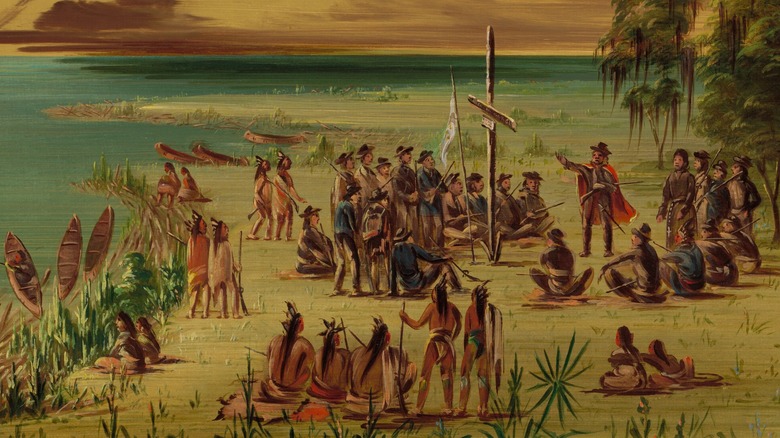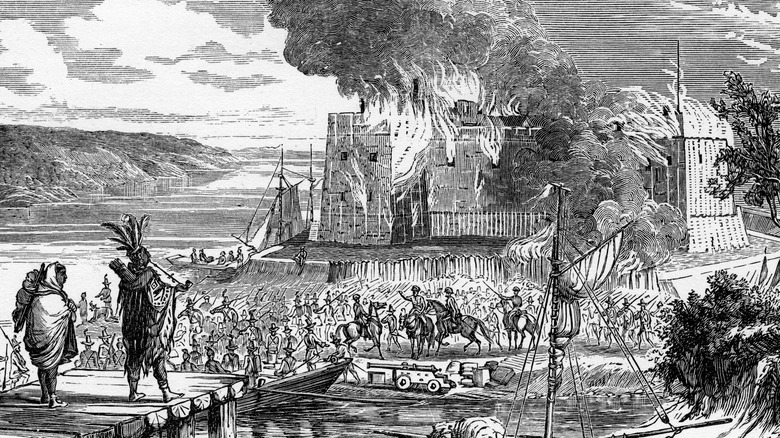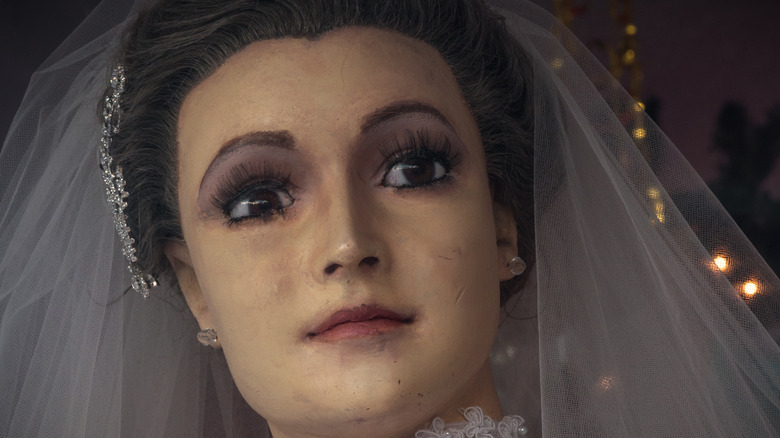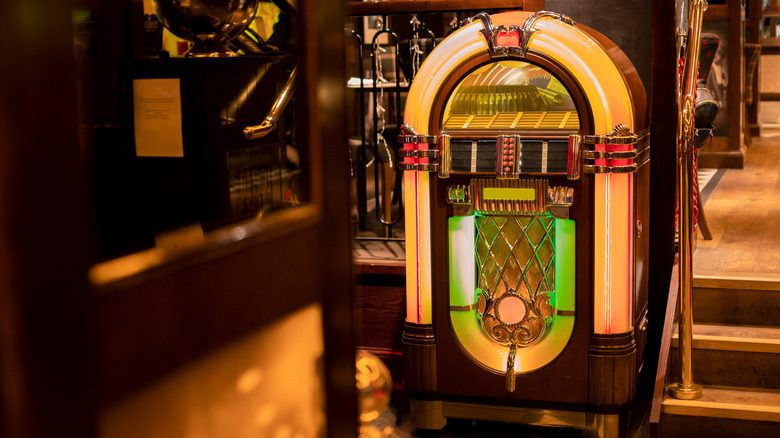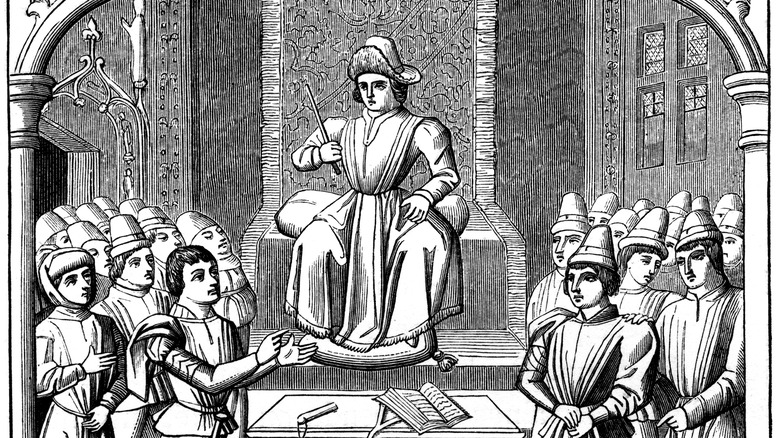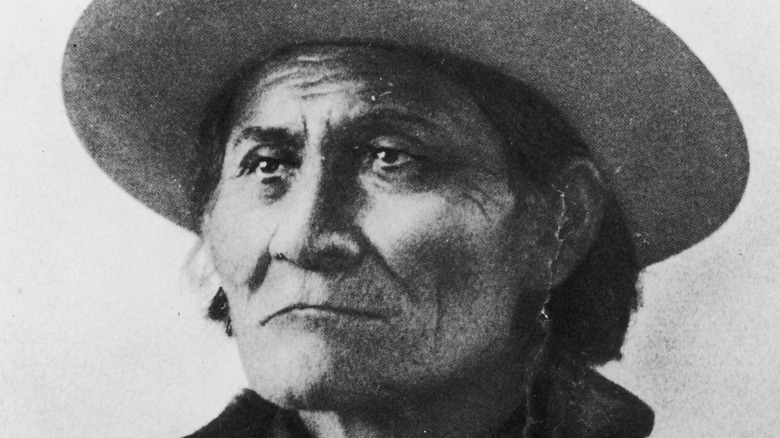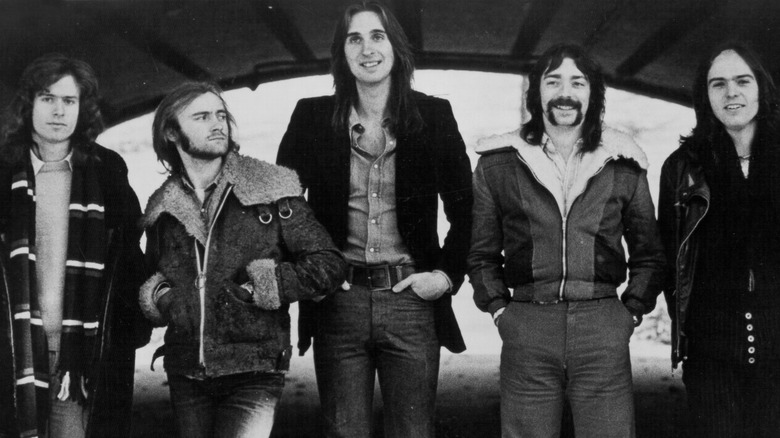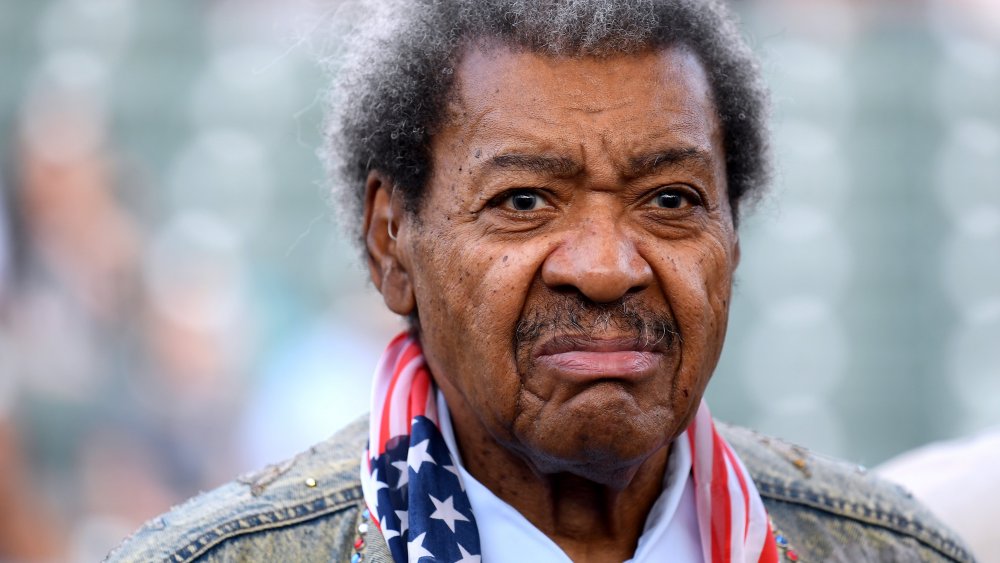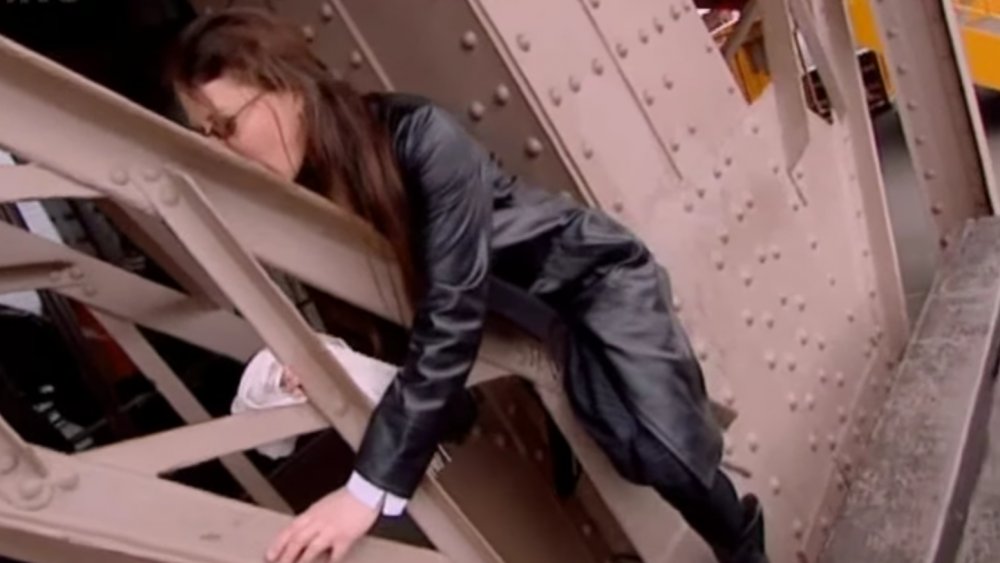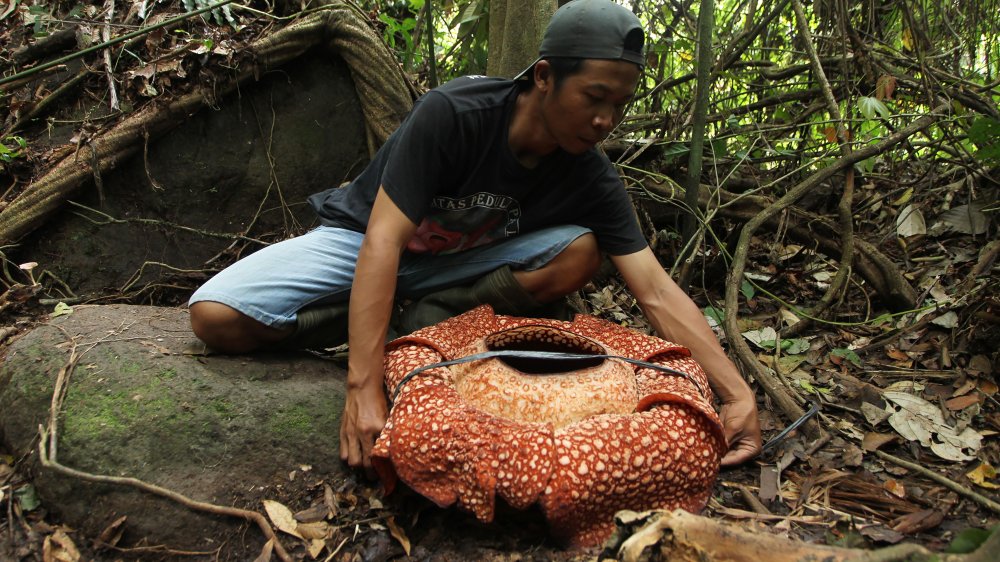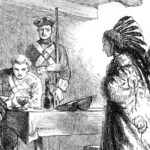
Here’s How The French And Indian War Came To An End
Throughout American history, there have been some rocky encounters between the people who first lived in the land and those who sought to take it. But sometimes, there were times when both parties would set aside their differences and band together to fight other tribes and other European armies.
That was precisely the case with the French and Indian War, also known as the Seven Years’ War. Don’t let the name fool you; it wasn’t a case of the French fighting against Native Americans. The French and Indian War really should be renamed the French-British War, but well, there are too many of those. It was called the French and Indian War because the British fought against both the French and the Native American allies of France.
The war lasted from 1754 until 1763 and became part of a larger global fight. The conflict began when France, then occupying Canada and parts of Louisiana, wanted to expand their territories. But of course, the British did not like that. History explained that the French had started to move across the Ohio River and built Fort Duquesne, where the Allegheny and Monongahela Rivers met in Pittsburgh.
With such a strategic defense post, no wonder the British colonists started attacking the fort. One of these early battles involved a young George Washington, years before becoming the First US President and a decisive military leader during the American Revolution. Washington suffered his first defeats at the hand of the French during the French-Indian War.
At first the Native Americans were neutral
According to the Department of State’s Office of the Historian, the borders between territory held by the British and the French were often undefined. In the middle of all of these were lands owned by several Native American tribes, including the Iroquois Confederacy. The Iroquois maintained grounds from upstate New York to Northern Pennsylvania.
With fuzzy borders, some skirmishes were to be expected. The British government sent a couple of troops to expel the French, but things did not escalate until 1754, when Fort Duquesne was built. At first, tribes sided with neither the French nor the British. After all, if all-out war broke out, the fur trade would suffer. But after a blunder by General Edward Braddock and alienating potential Native American allies, the tribes ended their neutrality. The Iroquois allowed their allied tribes to side with whoever they wanted, as long as it helped make trade continue.
By 1755, History said, Braddock had been killed in battle. That same year, the British governor of Acadia, Nova Scotia, expelled French settlers for fear they would side with the French army. The following year, the British formally declared war on France, drawing the rest of the world into their conflict, with fighting expanding into Asia, Africa, and South America.
At first, the British weren’t doing well in the war. This changed once Prime Minister William Pitt took over command, said PBS. He began cooperating with Native American tribes, going so far as to sign a treaty with them.
Tides turned
From 1757, the British started winning more battles. The most decisive wins came in 1758 and turned the tide in the French and Indian War. First there was the British victory at Louisbourg, near the St. Lawrence River. Then, most importantly, they captured Fort Duquesne.
The fort was renamed Fort Pitt, after William Pitt. It was the beginning of the end for the French, who lost many of their allies and found it expensive to finance a global war. The British then advanced towards Quebec. The French sought help from the Spanish, and because the Spanish king was the cousin of France’s King Louis XV, the Spanish agreed. Unfortunately, said the Department of State, the Spanish forces didn’t fight well. British forces seized not only Spanish lands like Cuba, but also were able to wrestle control of Quebec and Montreal from the French. With the loss of Montreal, France lost their foothold in Canada.
In 1763, the British, French and Spanish signed the Treaty of Paris, ending the French and Indian War. Under the agreement, the British gained Canada from the French and Florida from the Spanish. They allowed the remaining French colonists to stay in Louisiana, though the French, possibly to spite the British later on, sold Louisiana to the independent United States.
The French and Indian War may have been a victory for Britain, but as History pointed out, it started the downward spiral towards the American Revolution. After all, wars are expensive. But don’t tax whiskey.

What Science Has Discovered About Venus' Clouds

The Untold Truth Of Olympic Swimmer Lilly King
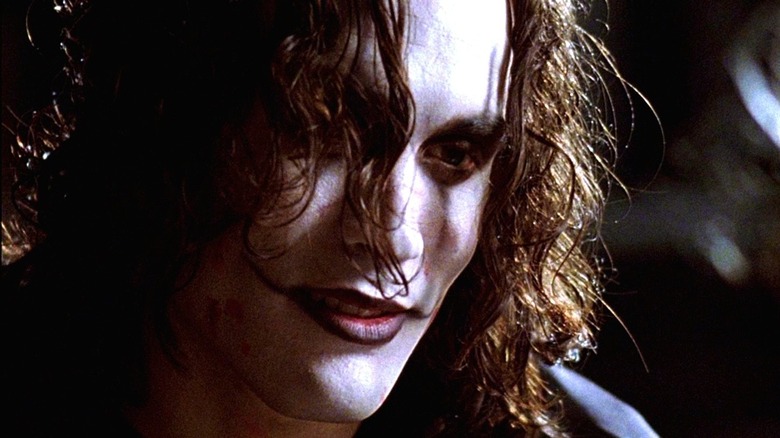
This Is How Brandon Lee Predicted His Own Death
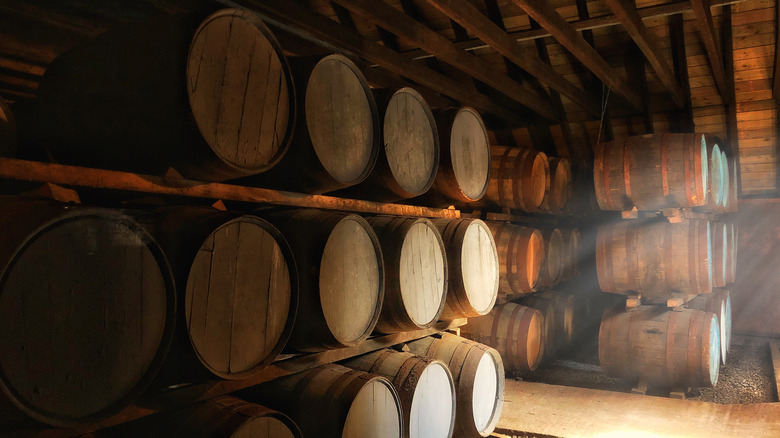
The Truth About The Pappygate Bourbon Heist
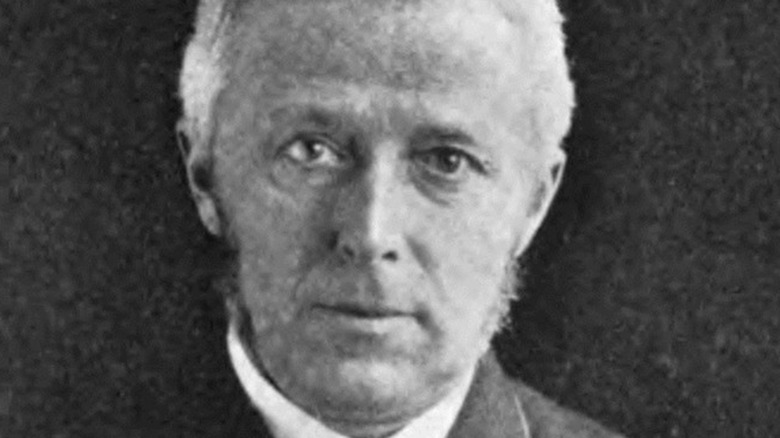
A Look At The Early Life Of Dr. Joseph Bell
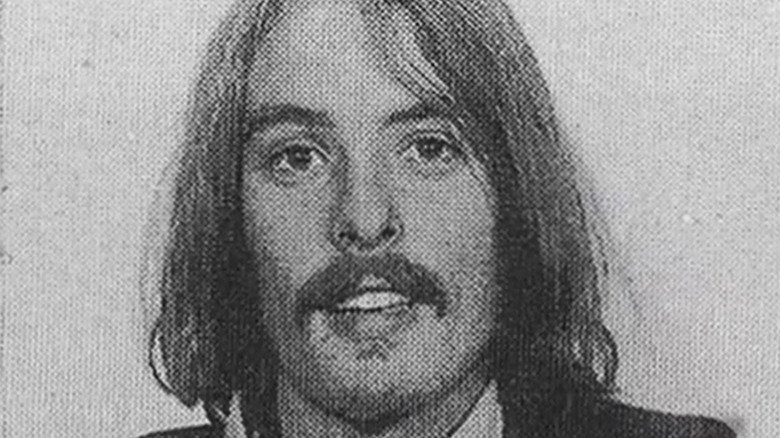
This Was Serial Killer Richard Chase's Motive
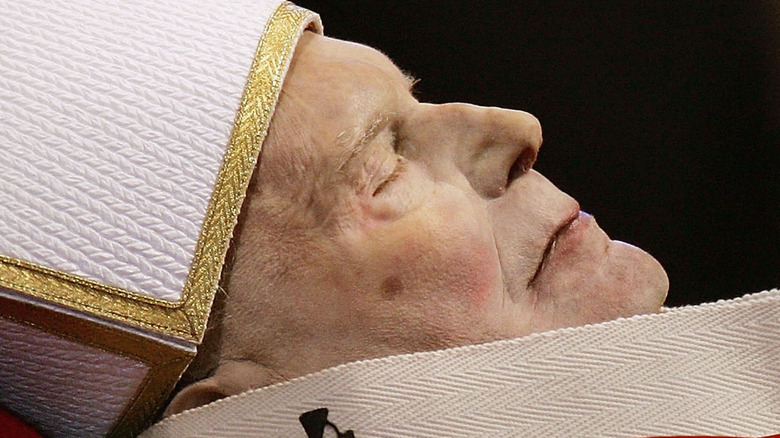
Here's What Happened To The Bodies Of These Popes
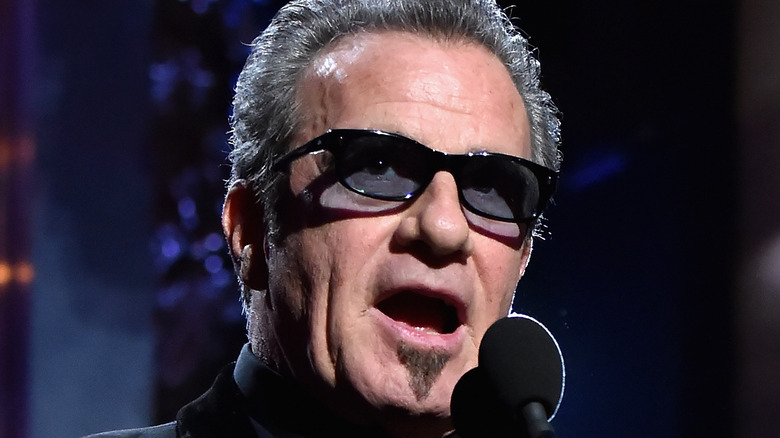
The Tragic Truth About Tico Torres

The Real Reason Megadeth Fired David Ellefson
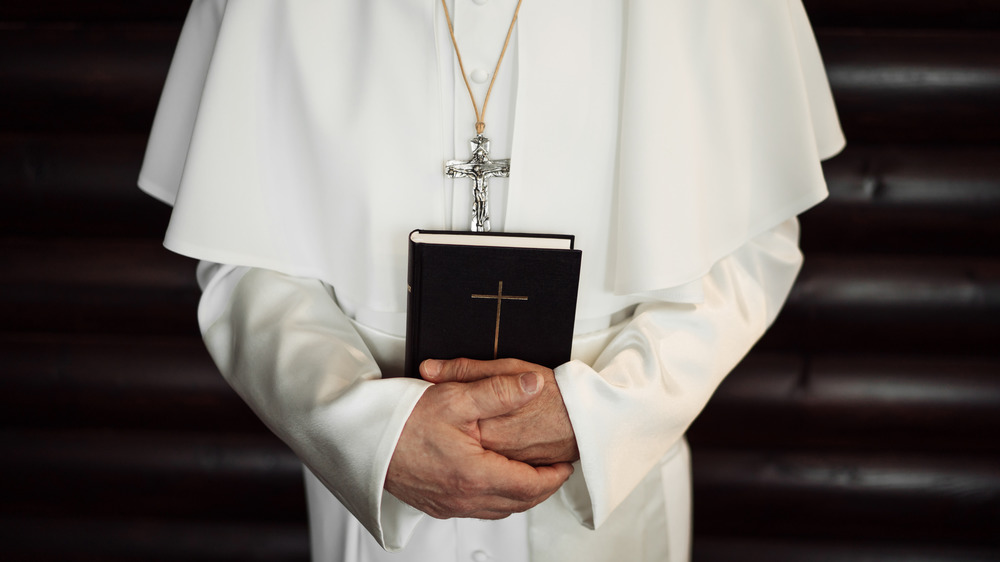
The Strangest Stories Behind The Shortest Reigns In Papal History
